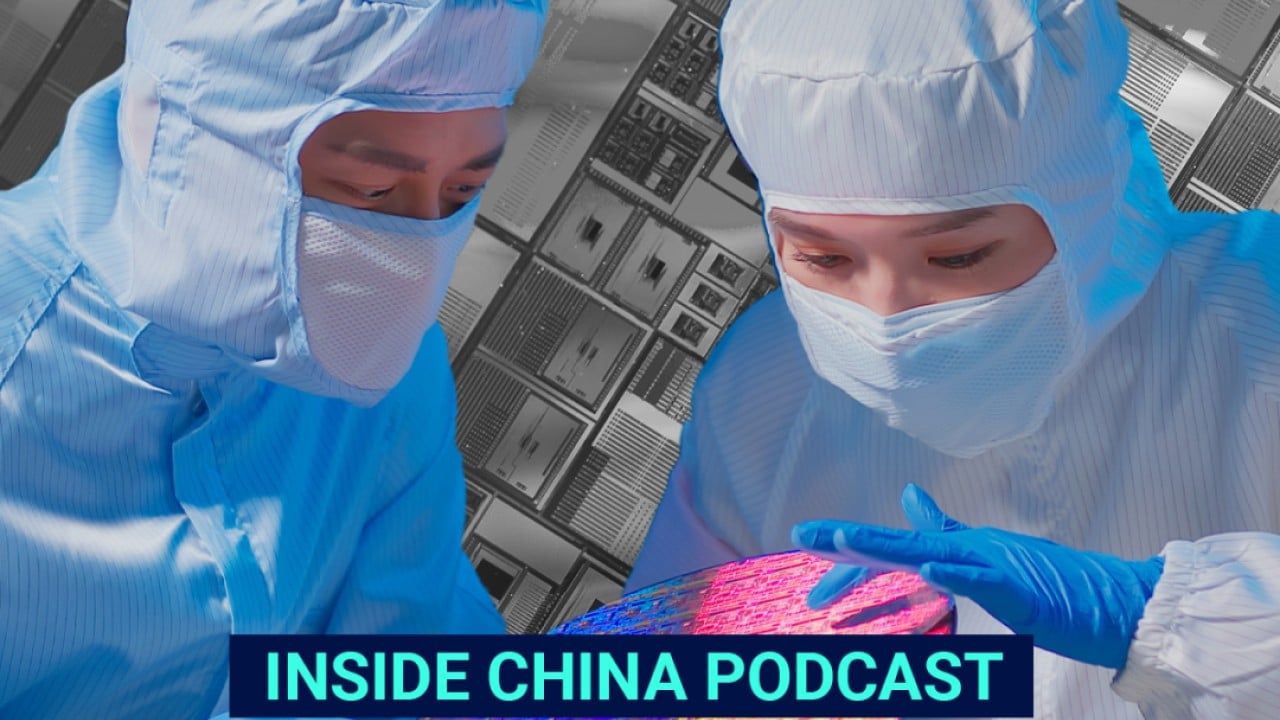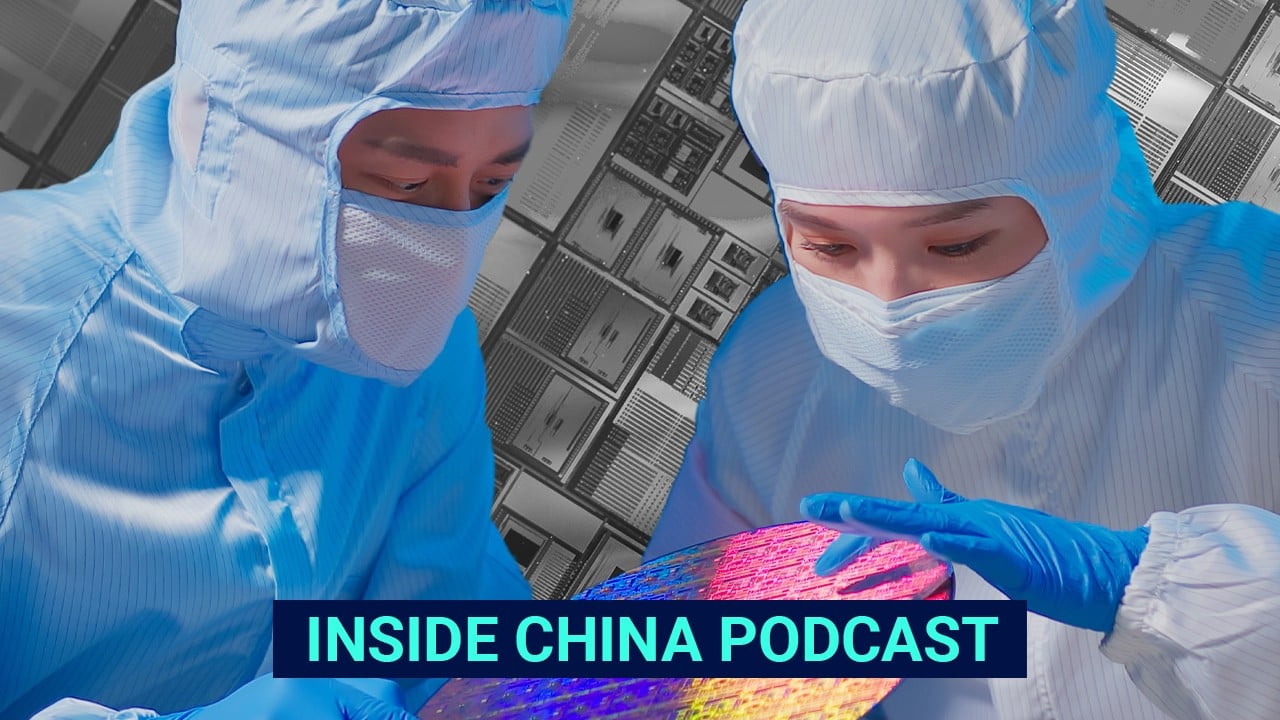The Shanghai Semiconductor Industry Investment Fund (SSIIF), run by the municipal government to support the local chip industry, has doubled its size to around US$2 billion after a new funding round, as the Chinese semiconductor hub pumps more money into the sector amid US sanctions targeting the industry.
The SSIIF raised 6.9 billion yuan (US$963 million) from investors, most of them state-backed companies based in Shanghai, to expand its capital base to 14.5 billion yuan, according to data from business registry database Qichacha.
The capital boost is expected to bolster the fund’s capacity to finance projects vital to helping China reach self-sufficiency in the semiconductor sector, and signifies Shanghai’s commitment to developing chip technology.
The SSIIF is among a list of funds set up by local Chinese governments to strengthen their chip industries, in addition to the China Integrated Circuit Industry Investment Fund, a national initiative also known as the “Big Fund”.
After the latest capital injection, Shanghai Science & Technology Venture Capital Group remains the SSIFF’s largest shareholder with a 35 per cent stake, followed by Shanghai Guosheng Group and Shanghai International Group, each holding an 18 per cent stake.
All three entities are fully controlled by the local regulator of state-owned assets.
The first phase of the SSIIF, which dates back to 2016, invested billions of yuan into major chip foundries and semiconductor-manufacturing equipment makers, such as Semiconductor Manufacturing International Corporation (SMIC) – China’s largest contract chip maker – as well as HLMC, a subsidiary of Hua Hong Group, and ACM Research Shanghai, a semiconductor cleaning tool manufacturer.
The second phase of the fund launched in May 2020 with 5.4 billion yuan in equity investments from six backers, including Shanghai Science & Technology Venture Capital Group, Shanghai Guosheng Group and Shanghai International Group. The fund’s capital base reached 7.6 billion yuan in 2022.
The SSIIF’s latest funding round followed the establishment of the Integrated Circuit Industry Parent Fund by the Shanghai government in late July, which earmarked 45 billion yuan for investments into chip design, manufacturing packaging, equipment and materials.
China has doled out substantial subsidies over the past few years to key players in the domestic semiconductor supply chain as part of Beijing’s efforts to develop local alternatives to foreign products, as Washington’s export controls have prevented Chinese entities from accessing advanced chip technologies.
The South China Morning Post previously examined financial statements from 25 of the country’s best known semiconductor companies, including SMIC and Hua Hong Semiconductor.
They showed that government subsidies for those firms amounted to 20.53 billion yuan last year, a 35 per cent increase from 2022.
The SSIIF II, which focuses on major semiconductor initiatives, supports projects by SMIC, Shanghai Optical Communications Corporation, Shanghai Hailinwei IC and an automotive integrated-circuit company under JCET Group.
The newly-founded Shanghai Integrated Circuit Parent Fund, which positions itself as a pilot fund to encourage private investments, is currently in the stage of picking sub-funds to invest in, according to a report by state-backed Securities Times, citing unnamed sources.



